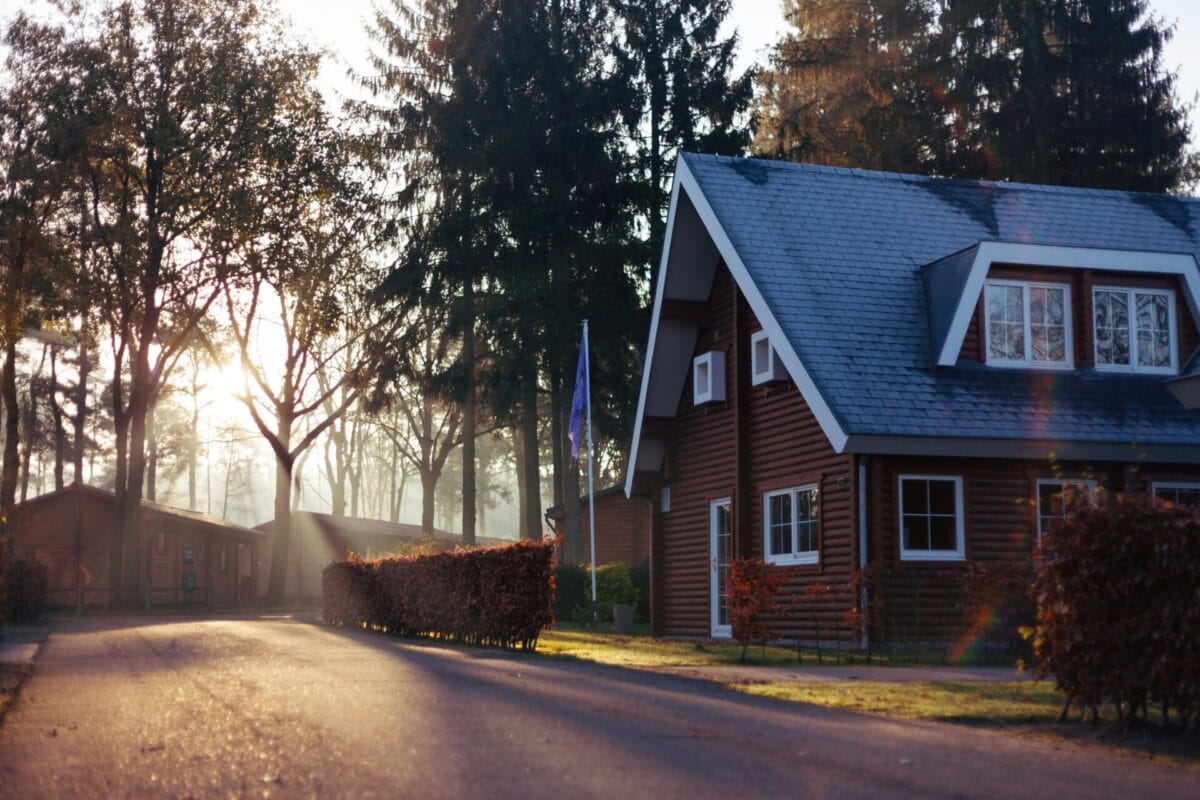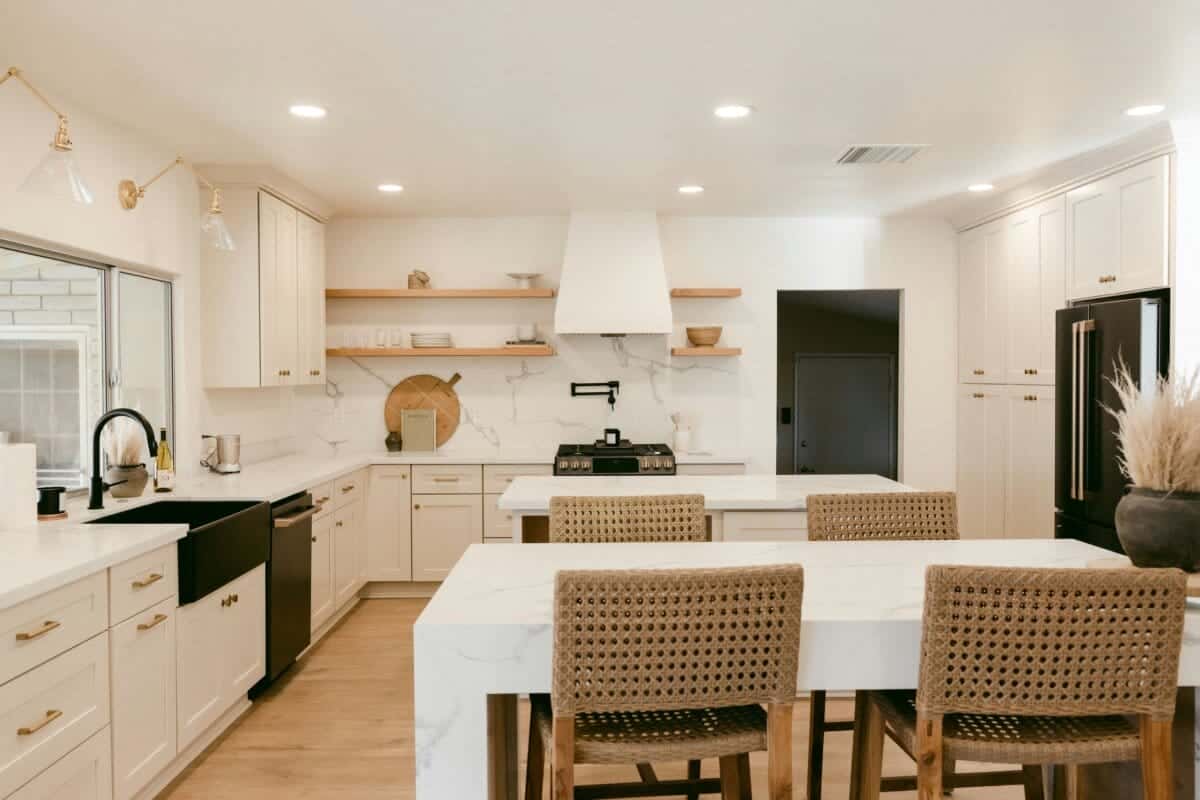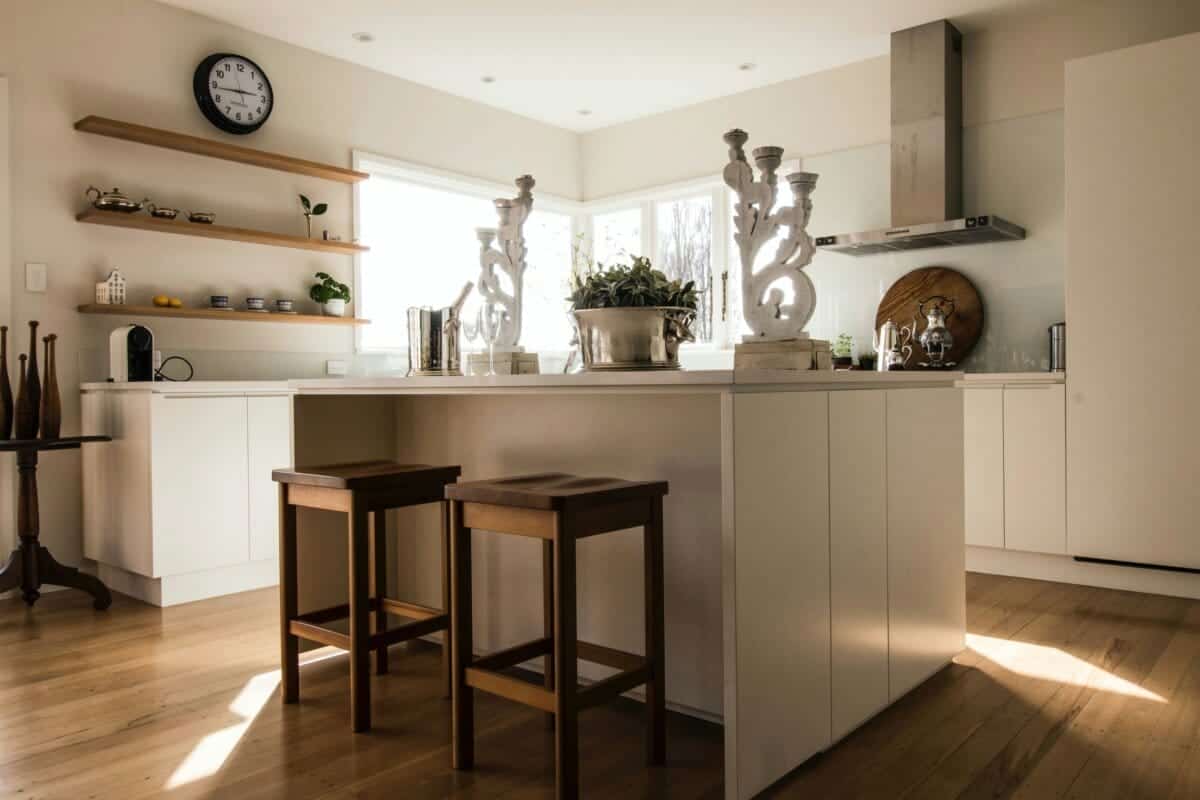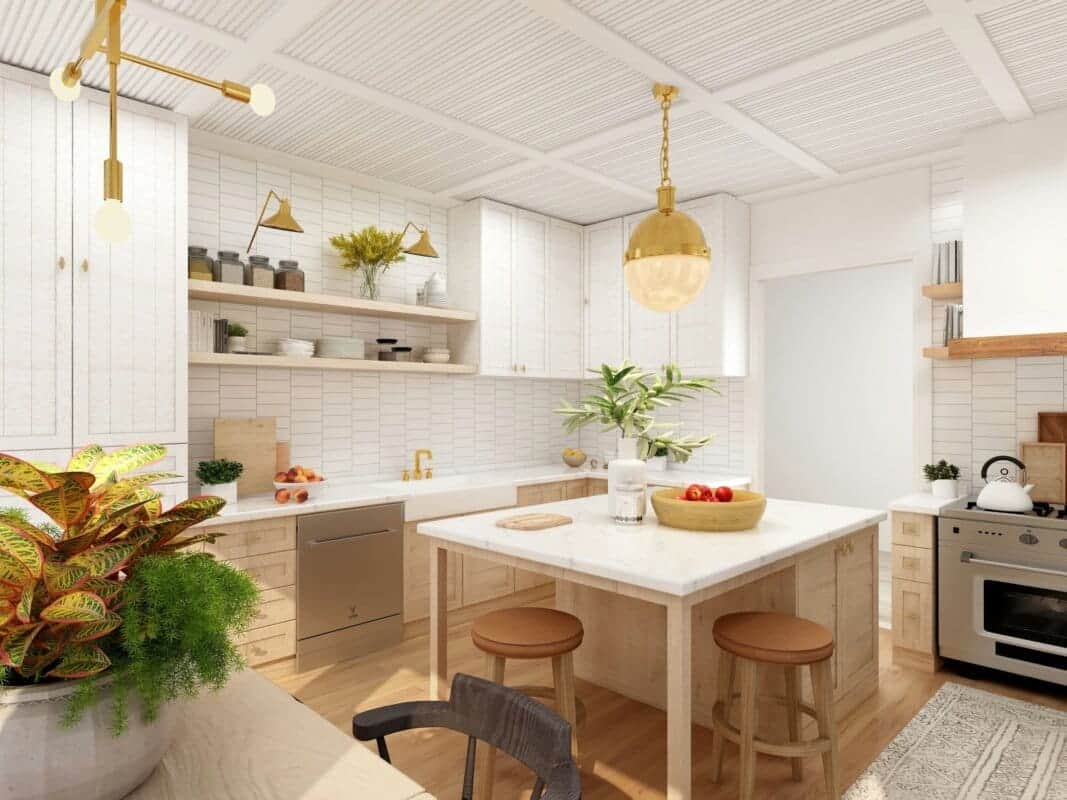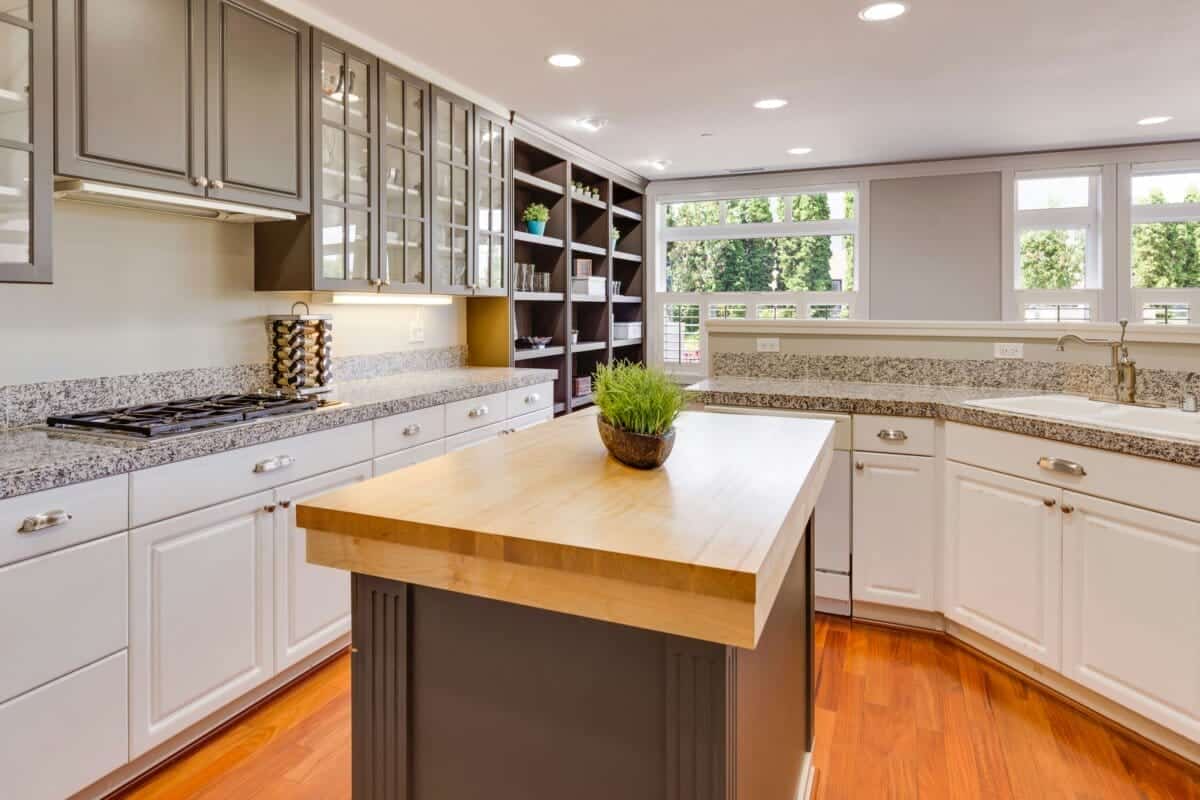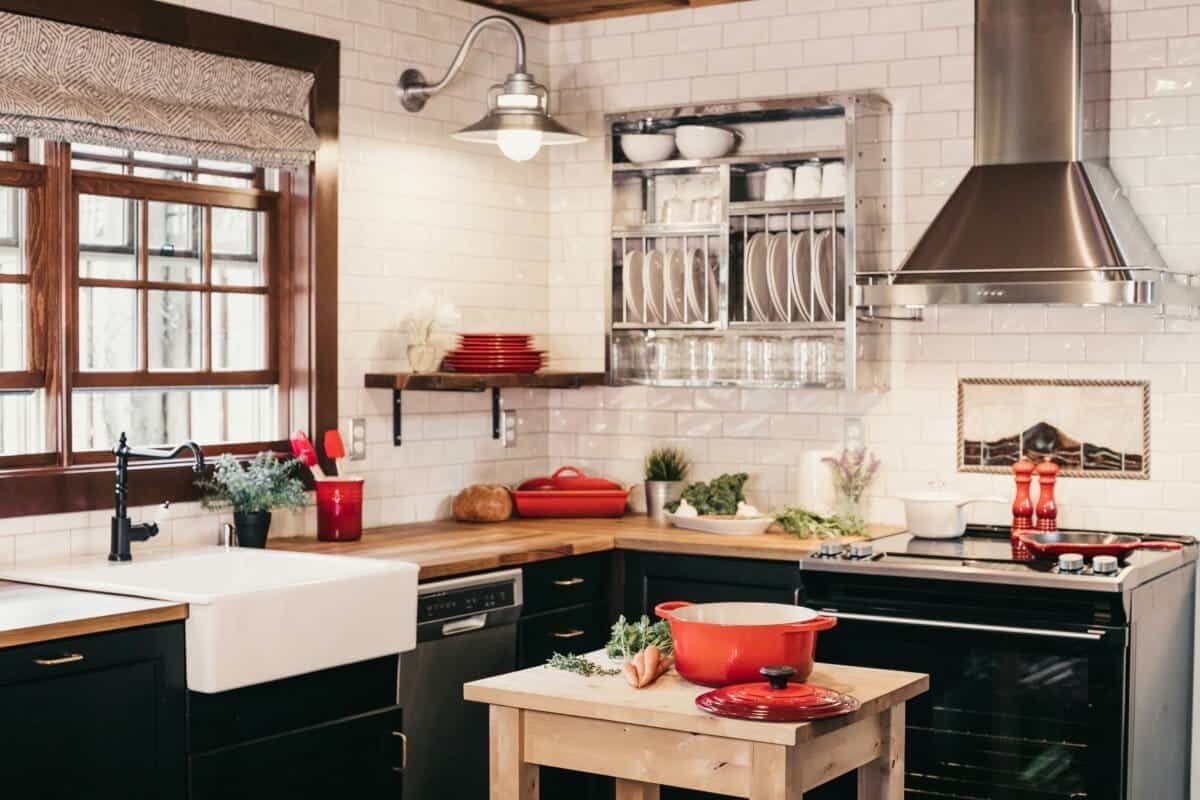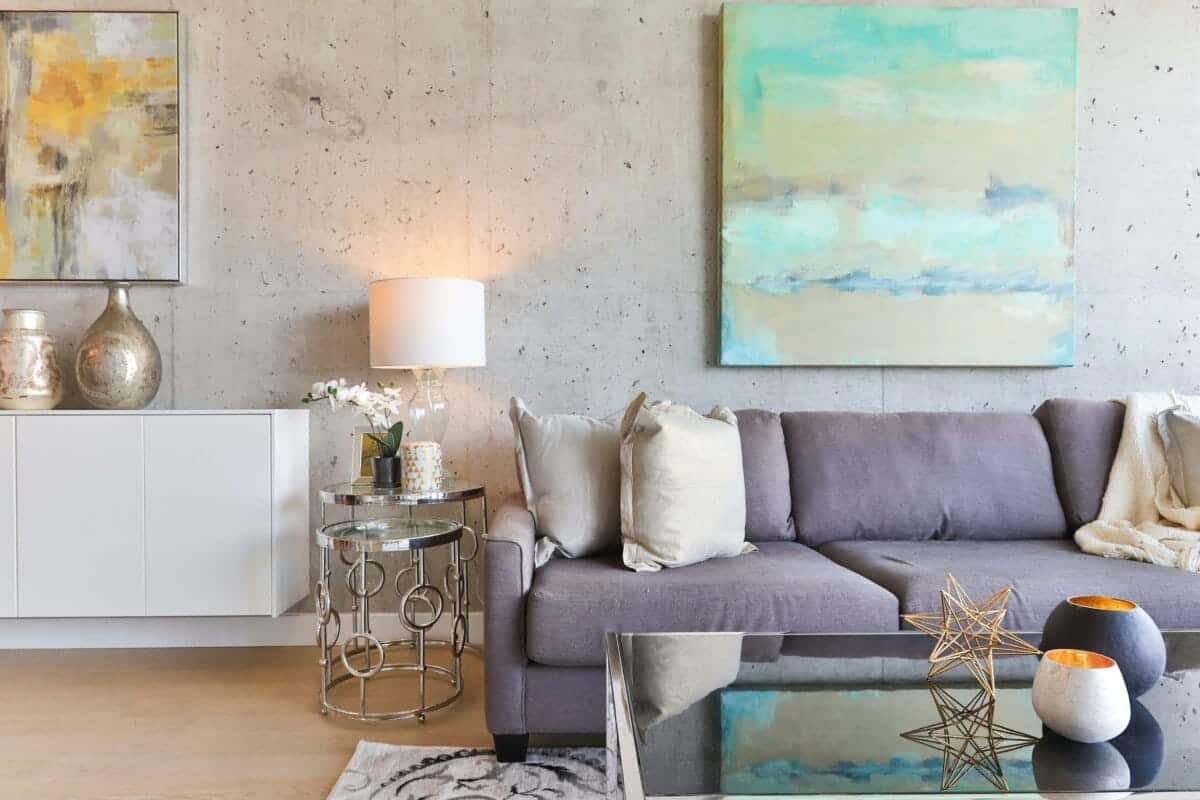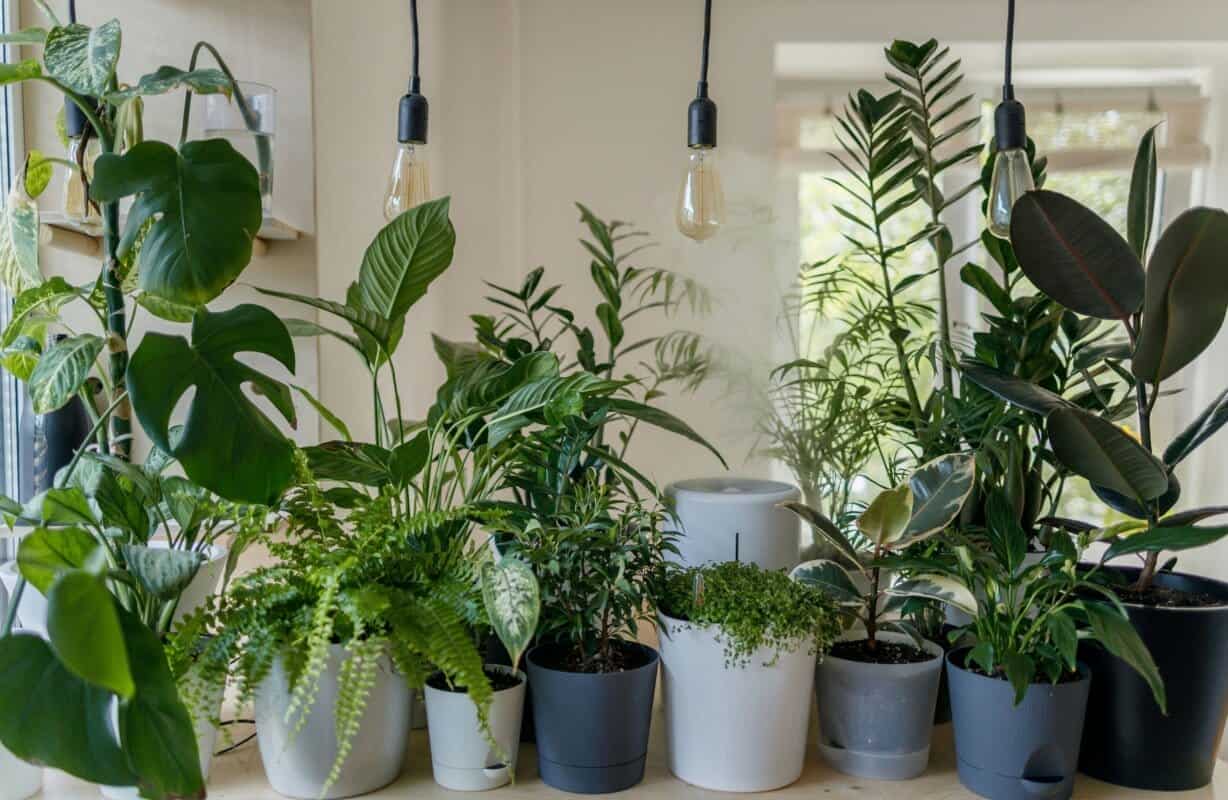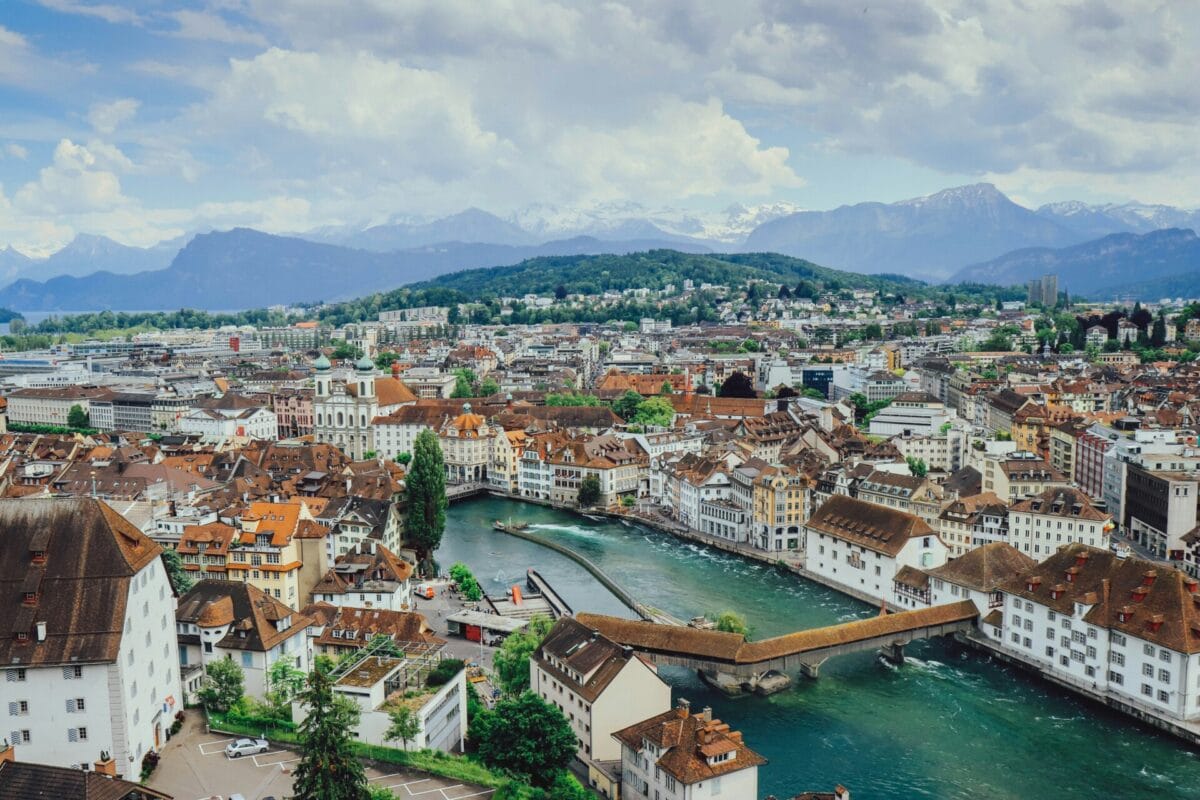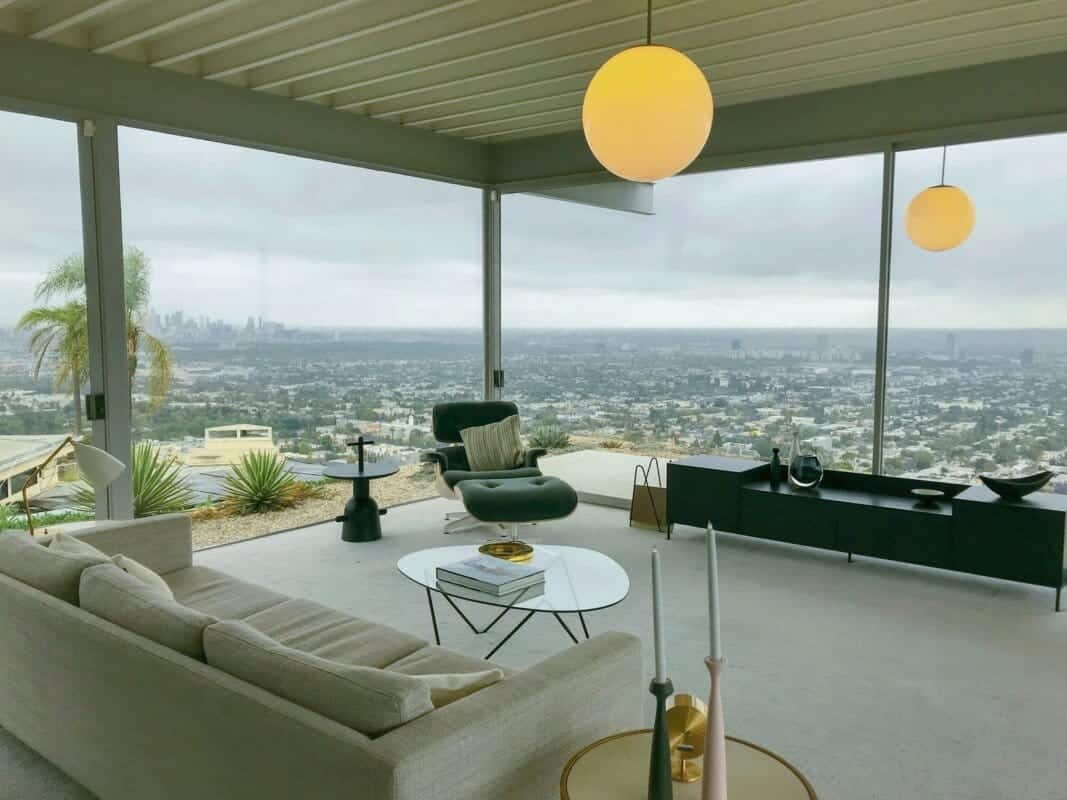
Blog
What maintenance factors are important for cabin houses in the Malaysian climate?

What maintenance factors are important for cabin houses in the Malaysian climate?
- How can you prevent mold and mildew growth in a cabin house in Malaysia?
- What roofing materials stand up best to Malaysia’s heavy rainfalls?
- How often should you inspect and repair seals around windows and doors in a Malaysian cabin?
- What pests commonly infest cabin houses in Malaysia, and how can you prevent them?
- How should you maintain wooden structures in Malaysia’s humid, tropical climate?
- What maintenance is needed for cabin house plumbing and septic systems in Malaysia?
- How can you keep a cabin house cool without air conditioning in Malaysia’s climate?
- What maintenance should be done on exterior cabin walls and siding in Malaysia?
- How often should a cabin house in Malaysia be repainted or re-stained?
How can you prevent mold and mildew growth in a cabin house in Malaysia?
Mold and mildew can be problematic in Malaysia’s hot, humid climate. Here are some tips to prevent mold and mildew in a cabin house:
- Use moisture-resistant building materials like concrete, stone, and metal for the cabin foundation. Avoid wood directly on the ground.
- Allow for cross-ventilation and airflow. Install louvre windows, screened openings under the eaves, and fans.
- Seal all cracks and crevices where moisture can enter. Use silicone caulk around windows, doors, pipes, and wiring holes.
- Install vapor barriers under flooring and behind walls. Use moisture-blocking paint or insulation.
- Slope the yard and landscaping away from the cabin so water drains away from the foundation.
- Keep gutters and downspouts clear to prevent overflow. Direct water at least 3 feet away from the cabin.
- Use dehumidifiers and fans to keep indoor humidity around 50%. Run A/C to remove moisture.
- Avoid high-moisture plants like ferns near the cabin. Trim back vegetation touching the exterior.
- Clean any mold or mildew immediately with bleach, vinegar, or concrobium solutions. Identify and fix the moisture source.
- Consider installing a whole-house ventilation system or ERV to manage indoor humidity.
Regular inspections, prompt moisture removal, and proper ventilation are key to preventing problematic mold and mildew in a Malaysian cabin house.
What roofing materials stand up best to Malaysia’s heavy rainfalls?
Malaysia experiences frequent heavy rainfalls, especially during the monsoon season. The roof is crucial for keeping rain out of a cabin house. Here are some of the best roofing materials for Malaysia’s wet climate:
- Metal roofing – Metal is waterproof, durable, and withstands Malaysia’s heavy rains. Galvanized steel and aluminum are good options. Standing seam is best.
- Asphalt shingles – Fiberglass asphalt shingles hold up well in wet weather. Look for at least a 25-year warranty. Use additional water barrier underlayment.
- Clay tiles – Clay barrel or French roofing tiles repel water well. Go for interlocking tiles with at least a 50-year lifespan.
- Slate tiles – Natural slate is extremely water-resistant. Look for slate rated for exterior use. It’s expensive but lasts decades.
- Rubber roofing – EPDM rubber sheets make a seamless, flexible roof. The rubber withstands sun, rain, and heat.
- Cedar shakes – Though not as long-lasting, cedar shake roofs resist water fairly well. Use thicker shakes for maximum durability.
Proper installation is also key – make sure to flash and seal around protrusions like chimneys, vents, and skylights. Avoid flat or low-pitch roofs. Regularly clear debris from the roof.
How often should you inspect and repair seals around windows and doors in a Malaysian cabin?
In Malaysia’s rainy, humid climate, it’s important to frequently inspect and maintain seals around windows and doors to prevent moisture intrusion and damage.
- Inspect seals at least twice per year – once before monsoon season around November, and again around May before the dry season.
- Check that sealing rubber strips or gaskets around windows and doors are intact. Look for cracks, peeling, brittleness, and gaps.
- Test windows and doors for water tightness. Spray water on the outside and check for any drips inside.
- Re-apply silicone caulk around windows and doors every 2-3 years. Old caulk can crack and lose water resistance.
- Check that flashing above windows and doors is secure. Make sure water flows over, not into, the flashing.
- Re-stain or seal exposed wooden frames and sills every 1-2 years to protect from moisture.
- Replace any damaged or rotten wood around windows and doors. Scrape off old caulk and re-seal.
- Use drip caps above windows and doors to prevent water from seeping underneath.
- Clean tracks and lubricate rollers/sliding mechanisms on sliding doors and windows.
Proper sealing is the first line of defense against moisture damage. Fix any issues immediately to prevent mold, mildew, and rot.
What pests commonly infest cabin houses in Malaysia, and how can you prevent them?
Cabin houses in Malaysia’s tropical climate are prone to infestations by various pests. Here are some common ones and tips to prevent them:
- Termites – Use termite-resistant wood, regular pest control treatment, and eliminate wood contact with soil.
- Ants – Seal cracks and openings. Use borax powder or chili pepper spray deterrents.
- Cockroaches – Eliminate food sources. Use boric acid powder or gel bait traps.
- Mosquitos – Install tight screens on windows and doors. Remove stagnant water sources. Use fans, citronella candles, and mosquito netting.
- Rodents – Seal any openings wider than 1/4 inch. Use metal mesh around foundation. Trim vegetation back from cabin. Set humane traps.
- Snakes – Clear brush and debris around cabin. Seal foundation cracks. Install snake-proof fencing around yard.
- Beetles – Use wood preservatives. Avoid standing dead wood. Check regularly for signs of infestation.
- Mites – Isolate infested areas. Use chemical sprays or fumigation. Replace infested insulation.
How should you maintain wooden structures in Malaysia’s humid, tropical climate?
Wood requires diligent maintenance in Malaysia’s hot, wet climate which promotes rot, mold, and wood-boring pests. Here are some tips:
- Use naturally rot-resistant woods like belian, merbau, or chengal for beams, posts, and siding. Avoid softwoods.
- Elevate wood off the ground using concrete piers or foundation. Allow for airflow underneath.
- Seal and stain wood regularly with marine varnish or wood preservative. Reapply every 1-2 years.
- Inspect wood for signs of rot, cracks, or insect damage. Catch problems early.
- Control termites using baits or soil treatment. Borates also protect wood from fungi and insects.
- Keep wood dry with wide roof overhangs, proper drainage, and sealing joints. Allow ventilation.
- Replace damaged or rotten wood immediately. Scrape, sand, prime, and repaint.
- Use galvanized or stainless steel fasteners and hardware. Avoid unprotected steel.
- Construct a moisture barrier behind wooden siding with building wrap or vapor retarder.
With vigilant maintenance and moisture control, wooden structures can last for many years in Malaysia’s climate.
What maintenance is needed for cabin house plumbing and septic systems in Malaysia?
Proper plumbing and septic system maintenance is essential in Malaysia’s tropical climate. Recommendations include:
- Inspect plumbing for leaks annually. Look for wet spots, high humidity, or mold. Listen for running water.
- Check water pressure at fixtures. Low pressure can indicate buildup or clogs.
- Drain water lines and hot water heaters seasonally to clear sediment. Flush with descaling solution.
- Insulate exposed pipes to reduce condensation and leaks.
- Clean sink, shower, and tub drains regularly to prevent clogs. Use drain cleaners monthly.
- Pump septic tanks every 3-5 years or when sludge level nears outlet pipe. Don’t wait until total failure.
- Inspect septic field for odors, wet spots, or surfacing effluent indicating blockage. Maintain grass cover.
- Conserve water to avoid overloading the septic system. Stagger laundry and limit garbage disposal use.
- Avoid harsh chemicals, oils, grease, and solids that harm septic bacteria. Use septic-safe products.
- Divert stormwater runoff away from the septic drainage field. Excess water can saturate the soil.
Proactive maintenance keeps plumbing and septic systems working properly in Malaysia’s climate.
How can you keep a cabin house cool without air conditioning in Malaysia’s climate?
Air conditioning is not always feasible in remote Malaysian cabins. Here are some eco-friendly ways to keep a cabin house cool:
- Maximize cross-ventilation by installing louvre windows on opposite walls to allow airflow.
- Add ceiling fans and portable fans to improve air circulation. Fans use far less energy than A/C.
- Close windows and blinds during the day to block sunlight. Open at night to release heat.
- Insulate the roof and walls to keep heat out. Reflective insulation works well.
- Install overhanging eaves and shady trees or vines to shade the cabin.
- Whitewash or paint the roof and exterior light colors to reflect heat.
- Use a swamp cooler or evaporative cooler to chill and circulate air.
- Sleep lower to the floor away from rising hot air.
- Cook outside on a barbecue to avoid heating the cabin interior.
- Take cool showers or baths to lower body temperature.
- Use natural fibers and breathable fabrics to stay cooler.
With smart passive cooling techniques, you can stay comfortable in a cabin without expensive, energy-intensive air con.
What maintenance should be done on exterior cabin walls and siding in Malaysia?
Malaysia’s wet, humid climate can damage exterior walls and siding. Recommended maintenance includes:
- Inspect siding and walls annually for cracks, damage, or rot. Catch issues before they expand.
- Repaint or re-stain wood siding every 2-3 years. Look for fading or peeling.
- Seal gaps around windows, doors, and joints with caulk. Keep walls watertight.
- Clean siding with low-pressure washing. Avoid damaging the surface.
- Replace any damaged or rotten boards immediately to prevent further deterioration.
- Scrape, prime, and repaint damaged areas to blend with existing paint or stain.
- Clear vegetation and debris from walls. Trim back overgrown trees and bushes.
- Install termite shields between siding and foundation. Treat for termites.
- Use vapor permeable house wrap and exterior insulation to protect sheathing while allowing moisture to dry.
- Direct rainwater away from walls with downspouts, grading, drip edges, and flashing.
With proper materials and regular care, cabin walls and siding can better withstand Malaysia’s extreme climate.
How often should a cabin house in Malaysia be repainted or re-stained?
In Malaysia’s tropical UV exposure and monsoon rains, exterior paints and stains need frequent renewal. Follow these guidelines:
- Repaint wood siding and trim every 2-3 years. Look for fading and wear. Spot paint as needed.
- Re-stain wood surfaces every 1-2 years depending on exposure. Maintain a protective coat.
- Repaint concrete, stucco, and masonry walls every 3-5 years. Look for cracks, peeling, and algae growth to spot paint.
- Re-coat metal roofs and siding every 4-7 years as the protective coating wears off. Watch for rust spots.
- Expect to repaint doors, railings, and other exposed wood every 1-2 years. South and west sides wear fastest.
- Reseal deck and patio surfaces stained with penetrating oil every 1-2 years. Heavily used areas need more frequent renewal.
- Spot paint window frames, trim, and sills as needed when paint begins cracking or peeling.
- Plan full cabin exterior repaints every 5-7 years. Surface prep is key for good adhesion.
- Use high-quality exterior-grade paints and stains with UV, mold, and moisture resistance.
- Properly prep surfaces by cleaning, scraping, sanding, and priming before repainting.
- Address any moisture issues prior to repainting or problems will quickly reappear.
- Budget time and money for frequent repainting and staining in Malaysia’s hard weather conditions.
Keeping up with exterior finish renewal is crucial preventative maintenance for a cabin house in Malaysia’s climate. Plan repaints and re-staining regularly.
Key Takeaways
- Use moisture-resistant materials and ample ventilation to prevent mold in Malaysia’s humidity.
- Prioritize metal, tile, or rubber roofs that withstand heavy rainfall. Clear debris often.
- Inspect and reseal windows and doors at least twice yearly before monsoon season.
- Control pests like termites, ants, mosquitos, and rodents through exclusion, elimination of food and water sources, and traps.
- Maintain wooden structures by using rot-resistant woods, sealing surfaces, and promptly replacing damaged boards.
- Routinely clean drains and pump septic tanks to keep plumbing and septic systems working properly.
- Strategically use fans, insulation, window coverings, and shade to cool a cabin without air conditioning.
- Annually inspect siding, walls, and roofs. Repair issues immediately to prevent water damage.
- Expect to repaint and re-stain a cabin’s exterior every 1-3 years due to Malaysia’s climate.
Conclusion
- Malaysia’s hot, humid, and rainy climate demands vigilant maintenance of cabin houses.
- Moisture control through drainage, ventilation, and sealing is crucial to prevent mold, mildew, and rot.
- Pests like termites and mosquitos also require active deterrents and exclusion methods in this region.
- Frequent inspection paired with prompt repairs prevents small issues from becoming major damage.
- Plan for regular exterior finish renewal through repainting and staining every few years.
With attentive maintenance and moisture control, cabin houses can withstand Malaysia’s tropical climate for many years.
Kontraktor Rumah Kabin
Rumah Kabin Murah
Rumah Kontena Vs Rumah Kabin
Rumah Kabin Pasang Siap
Senarai Harga Kabin di Malaysia
Heavy Duty Cabin
Light Duty Cabin




